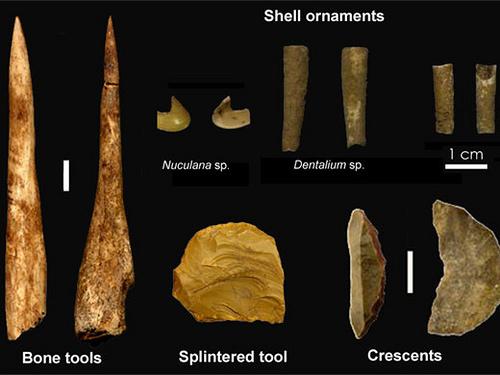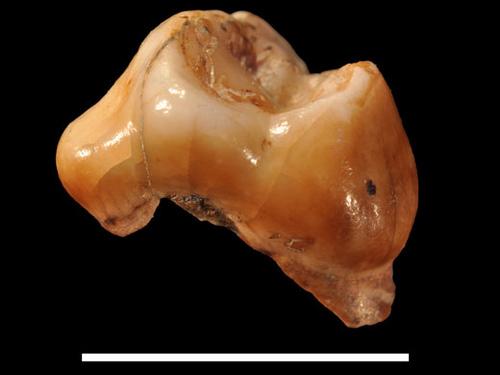Katerina Douka, Thomas F.G. Higham, Rachel Wood, Paolo Boscato,Paolo Gambassini, Panagiotis Karkanas, Marco Peresani, Anna Maria Ronchitell
Source - http://www.sciencedirect.com/science/article/pii/S0047248414000074
Journal of Human Evolution
Abstract
The Uluzzian, one of Europe's ‘transitional’ technocomplexes, has gained particular significance over the past three years when the only human remains associated with it were attributed to modern humans, instead of Neanderthals as previously thought. The position of the Uluzzian at stratified sequences, always overlying late Mousterian layers and underlying early Upper Palaeolithic ones, highlights its significance in understanding the passage from the Middle to Upper Palaeolithic, as well as the replacement of Neanderthals by modern humans in southeastern Mediterranean Europe. Despite several studies investigating aspects of its lithic techno-typology, taxonomy and material culture, the Uluzzian chronology has remained extremely poorly-known, based on a handful of dubious chronometric determinations. Here we aim to elucidate the chronological aspect of the technocomplex by presenting an integrated synthesis of new radiocarbon results and a Bayesian statistical approach from four stratified Uluzzian cave sequences in Italy and Greece (Cavallo, Fumane, Castelcivita and Klissoura 1). In addition to building a reliable chronological framework for the Uluzzian, we examine its appearance, tempo-spatial spread and correlation to previous and later Palaeolithic assemblages (Mousterian, Protoaurignacian) at the relevant regions. We conclude that the Uluzzian arrived in Italy and Greece shortly before 45,000 years ago and its final stages are placed at ∼39,500 years ago, its end synchronous (if not slightly earlier) with the Campanian Ignimbrite eruption.

Uluzzian artifacts from Grotta del Cavallo, Apulia, southern Italy. Credit: Annamaria Ronchitelli and Katerina Douka

Mesial view of the specimen Cavallo-B (deciduous left upper first molar). The white bar in the figure is equivalent to 1 cm. Credit: Stefano Benazzi